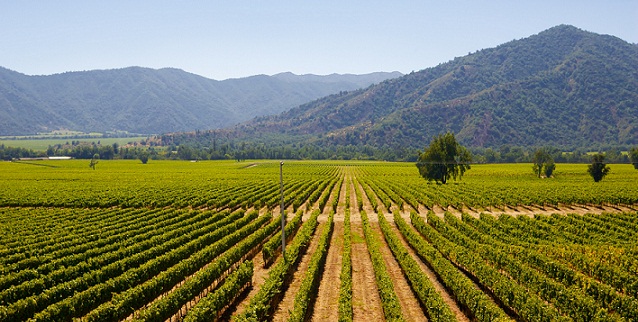Study shows that continuous cropping systems can help reduce greenhouse gas emissions (GHG)

Scientists from the USDA's Agricultural Research Service have completed a study that shows that long-term continuous cropping reduces greenhouse gas emissions and sustains crop yields.
Northern Plains Agricultural Research Laboratory (NPARL) scientists Upendra M. Sainju, Brett L. Allen, and Jalal D. Jabro, in Sidney, Montana, evaluated the effect of three 34-year project dryland cropping systems that had been producing crop yields and affecting soil health.
The three systems included no-till continuous spring wheat, no-till spring wheat-pea, and conventional till spring wheat-fallow.
The study tested N2O and CH4 gas emissions twice a week, to once a month, throughout the year and analyzed carbon sequestration rates from 2012 to 2019 and crop yields, GHG balance, and yield-scaled GHG balance from 2016 to 2018.
Overall, the no-till continuous cropping systems reduced net GHG balance by 66-149% compared to the conventional till crop-fallow system.
No-till continuous cropping uses a systems approach to crop production where crops are grown with minimal soil disturbance and the soil is kept covered with crop residue to conserve soil and water.
According to a press release from the United States Department of Agriculture, as the demand for agricultural production increases, it is becoming more important to mitigate GHG emissions from croplands.


































